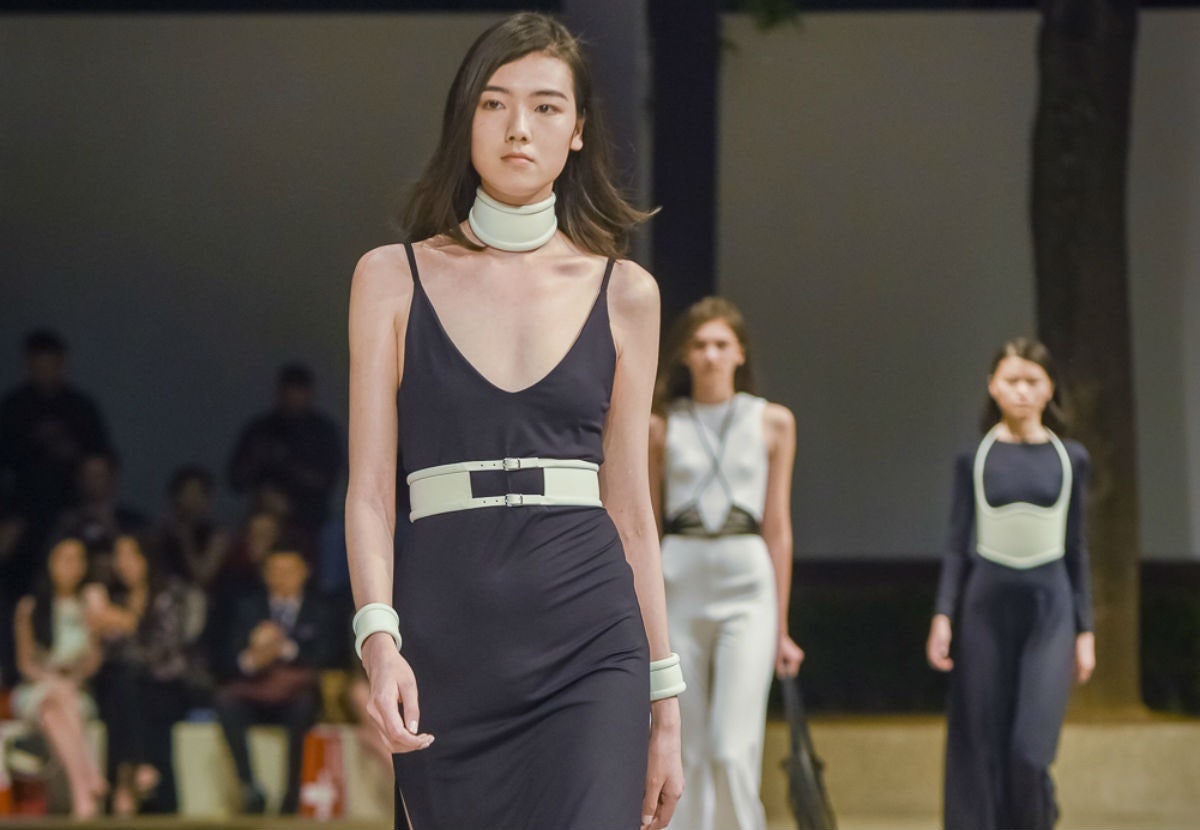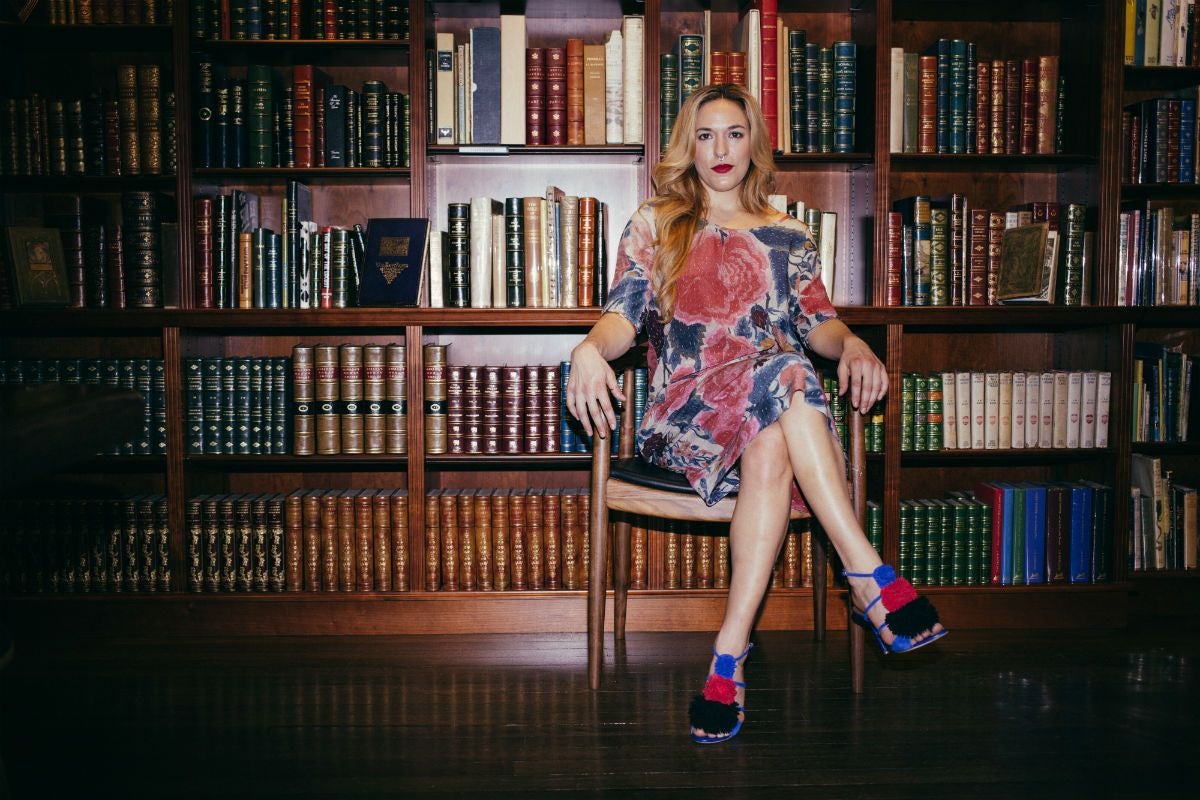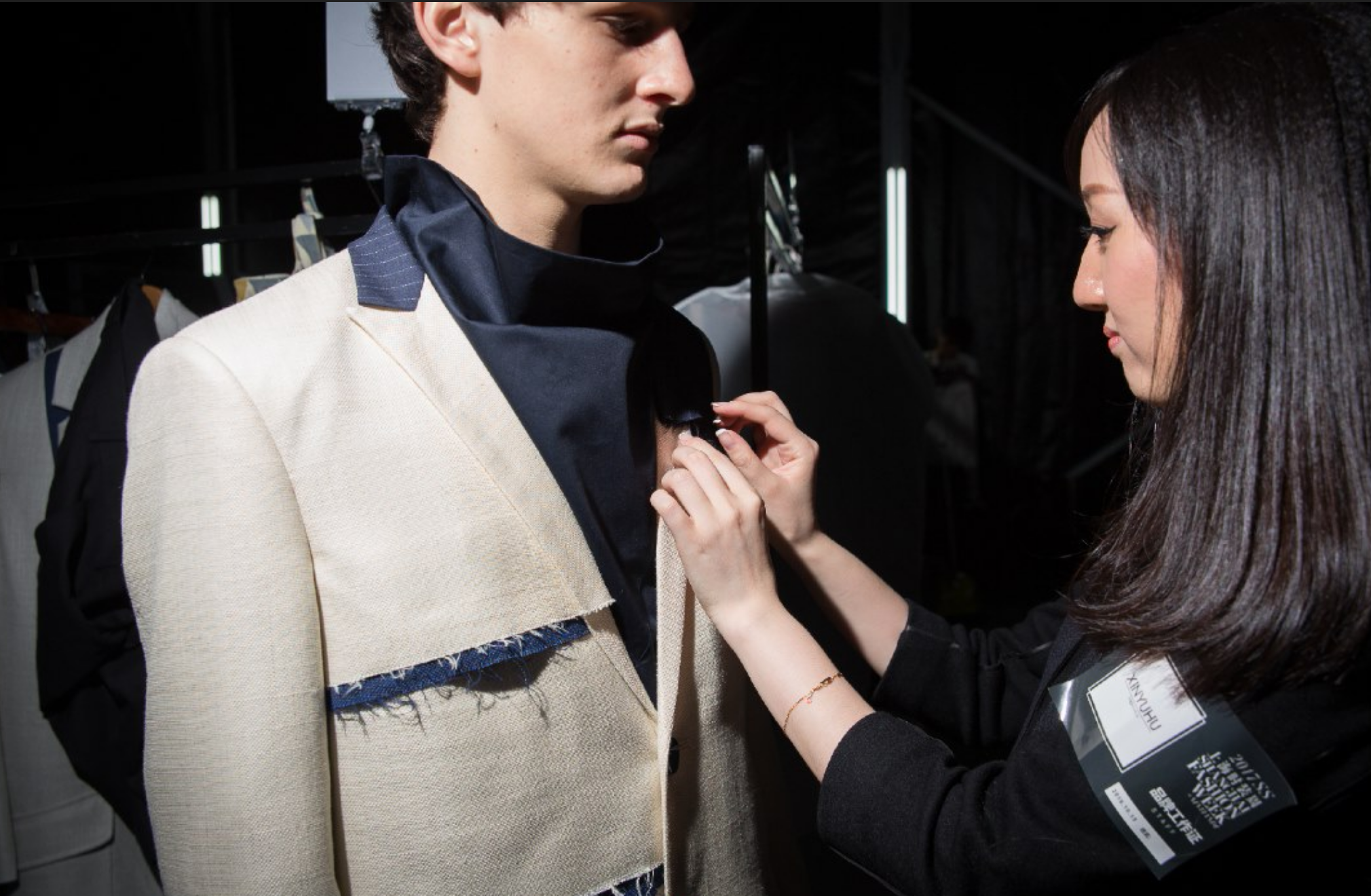Swiss watches have always been at the top of the shopping list for Chinese overseas tourists, but would they be as passionate about niche designer brands from Switzerland?
China is reported to be the fifth largest market for Switzerland tourism and its status is rising. Individual travelers from China to Switzerland rose 144.5 percent in the first two months of this year compared to the same period last year, according to data from Swiss Quality Hotels, a large Swiss hotel chain.
However, Swiss brands overall have yet to establish themselves among Chinese customers.
“At the moment, it (the presence) is not huge. It could be bigger. The market here is more and more important for them,” said Yannick Aellen, director of Mode Suisse, a Swiss industry platform promoting collaboration between fashion designers, schools, and the textile industry.
He was also the curator of InnoFashion 2017, a recent fashion and design event at the Swiss Embassy in Beijing. Part of Switzerland and China’s Innovative Strategic Partnership and the Sino-Swiss Year of Tourism in 2017, the runway show presented seven selected Swiss and Chinese brands, including Julian Zigerli, YVY, WUETHRICHFUERST, Akris, Wang Changrong, Roderic Wong and PRONOUNCE.
Julian Zigerli, known for his avant-garde designs, had a short collaboration with Paris department store Galeries Lafayette's outpost in Beijing three years ago. He says that communication has been difficult for small designer brands in China.
“At the moment, we are more focused on the United States because of the language," he said. "It’s difficult here because we don’t speak Chinese. We actually need someone who could make the connections for us. That will make it a lot easier."

While Swiss fashion brands are still a minority in China, they are on the radar of Chinese fashionistas who are avid social media users. Yvonne Reichmuth, founder of YVY, was contacted by Cosmopolitan China just before she came to Beijing for a sample shoot, despite the fact she had little exposure in China previously.
For the show, she brought her signature handmade leather accessories and dresses. Her designs have been worn by celebrities like Monica Bellucci, Kylie Jenner, and Gwen Stefani.
“It’s more difficult to come here and have the connection on our own if you don’t speak the language,” she said.
Like Zigerli, Reichmuth found the street style in China to be unexpectedly inspiring.
“They are very open," she said. "I was amazed at the extravagant, crazy pieces you can find in the shops here. In Switzerland, people are very understated and simple. You want to fit in. Here people want to stand out with their outfit.”
Meanwhile, Chinese designers are also tempted to test the waters overseas.
Mary Ma, founder of Textile Library, a material design and research center in Hangzhou, helped select the Chinese designers for the event.
“In the traditional way of thinking, only silk and cotton can represent the Chinese material," Ma said. "In fact, today's China is much richer in raw materials and is strong in scientific and technological innovation. It has been quietly promoting the world's fashion arena.”
Octo Cheung presented a collection inspired by the different landscapes in both countries, using Swiss lace and Chinese embroidery, while Wang Changrong presented a conceptual collection that reinvents the reflective fabric usually worn by urban sanitary workers with innovative cuts and tailoring.
“We want to make a good first impression," said Wang, "to see how we can develop in each other’s country."


